Thermal bridging
Energy-efficient windows, sealed door frames and insulation materials with high R value ratings may help keep structures cooler and more energy efficient, but it won’t eliminate the possibility of thermal bridging, which occurs when heat transfers from a warm area to a cold one due to gaps and inefficiencies in the insulation system. Thermal bridges can result in energy losses of up to 30% thereby minimizing the effectivity and investment in insulation. It can create thermal discomfort among the occupants as it takes longer to cool the structure, can cause moisture issues and significant electricity bills.
Thermal bridge is also called a heat bridge. It is the result of having a higher thermal conductivity in certain components of the insulation system vis-à-vis the surrounding areas. Hot air flows through the path of least resistance and through the components with the highest thermal conductivity like the metal and wooden framing of the insulation system.
Substandard material that allows for the transfer of air from the outside to the inside is a culprit for thermal bridges. A good quality insulator like rock wool and fiberglass wool is supposed to trap hot air in its fibers thus impeding the transference of heat. Denser and higher-grade materials would have more insulating fibers that are better compacted and more effective in reducing the conduction of heat from the outside environment to the interior of the structure. The first order to prevent thermal bridging is to specify and use higher quality higher grade insulation materials.
Unsatisfactory construction is another factor. Gaps left between insulating materials and structural surfaces and not sealed properly would result in thermal bridges. The test is to check if outside light can shine through any cracks into the interior of the structure, if it does, this means that hot air can flow through that gap. This situation has to be rectified. For windows, make sure that the seal is perfect. Close the window with a paper bill in between and see if you can easily remove the paper bill.
Lastly framing materials like metal studs and fasteners that are more conductive than the insulation materials surrounding them would result in thermal bridges forming and can be seen using an infrared thermal camera.
As an architect or design professional, you understand that every element in construction can affect the structure’s performance. This means you must pay attention to every little detail. Thermal bridging is one of those details, and it can often be solved by implementing methods of continuous insulation.
This means that there is no discontinuity in insulation and maintaining a continuity through lapping and double wall assemblies. It also helps using lower conductivity framing materials and implementing a continuous layer of insulation throughout the thermal envelope; thus, creating more continuity in the insulation coverage.
Kassel supplies a full range of insulation materials that are of the highest grade and can solve and prevent the thermal bridging issues that you have or might have in your projects.

